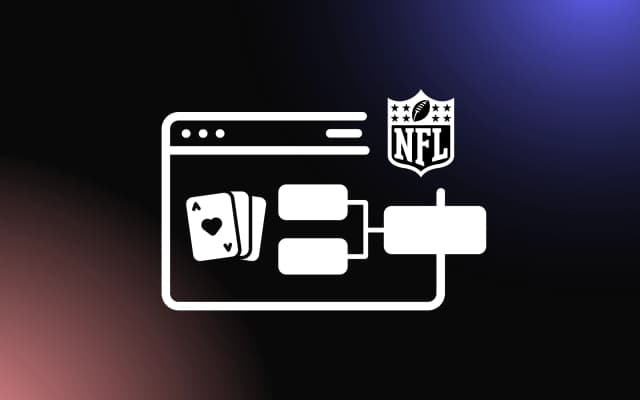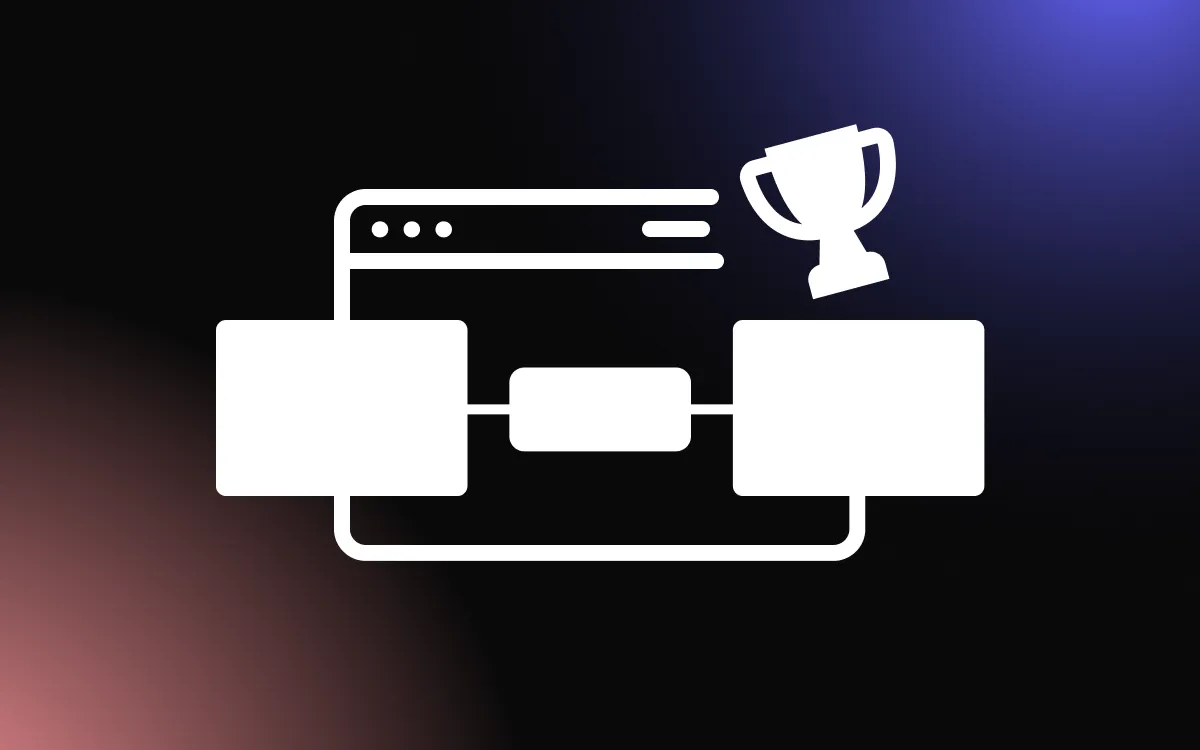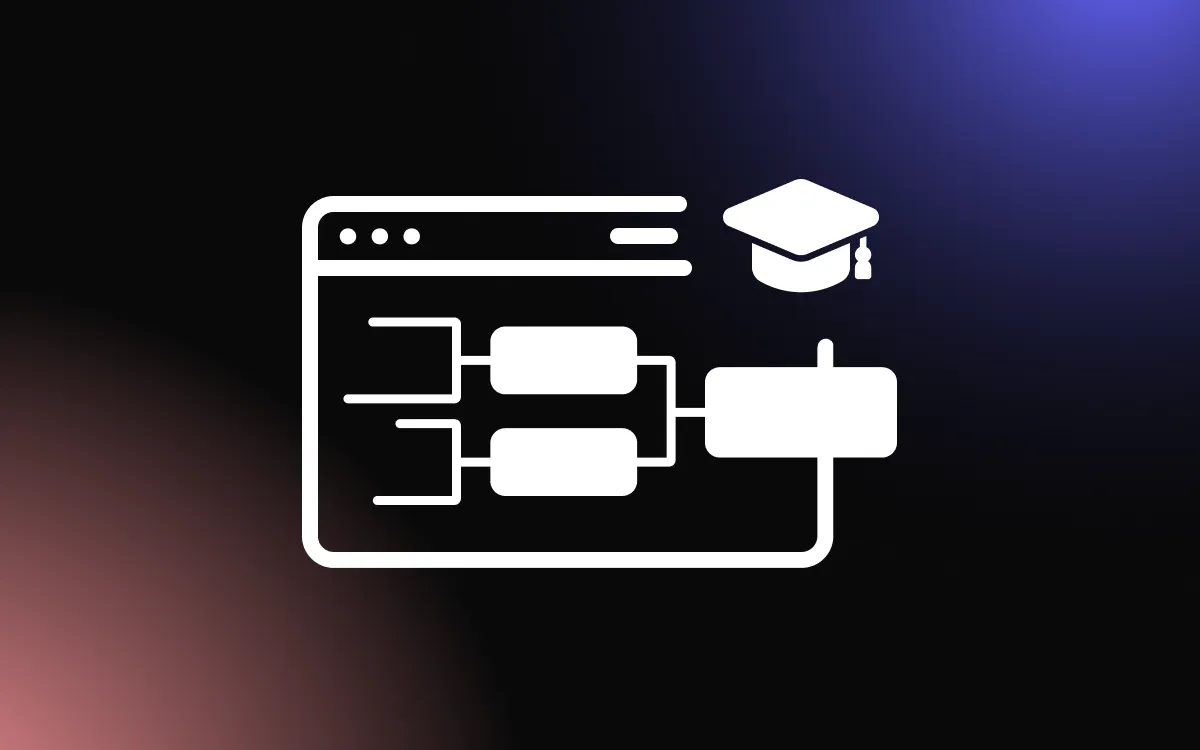
Brackets, whether for sports tournaments or other competitive events, have long been a staple for tracking progress and predicting outcomes. While the traditional bracket layout is functional, the integration of images can elevate the experience, making brackets more interactive, engaging, and visually appealing.
Images, whether they're team logos, player portraits, or thematic icons, add a layer of depth and context to the bracket, transforming it from a mere chart to a dynamic visual journey.
This article will explore the pivotal role of images in enhancing bracket interactivity, highlighting the benefits and offering insights into effective visual integration.
The Power of Visuals in Communication

The Psychological Impact of Images
Visuals have a profound impact on the human psyche. From the earliest cave paintings to modern-day digital media, images have always been a powerful tool for communication. The brain processes visuals 60,000 times faster than text, making images an immediate and effective way to convey a message or emotion.
When we see an image, it evokes a myriad of emotions and memories. For instance, a picture of a serene beach might invoke feelings of calm, relaxation, or even nostalgia for past vacations. On the other hand, a photograph of a war-torn region can stir feelings of empathy, sadness, or anger. This emotional connection is what makes visuals so compelling.
Moreover, images can transcend language barriers. A smile or a tear is universally understood, regardless of one's linguistic or cultural background. This universality allows visuals to communicate complex ideas or emotions that might be challenging to convey through words alone.
Visuals vs. Text: Retention and Engagement Rates
While text provides depth and detail, visuals enhance retention and engagement. Studies have shown that people only remember 10% of the information they hear after three days. However, if paired with a relevant image, they retain 65% of that information.
Visuals are also more shareable, leading to higher engagement rates, especially in the age of social media. Infographics, memes, and videos often go viral because they're easy to consume and share. They can simplify complex information, making it more digestible for the audience. For instance, a chart or graph can convey statistical data more effectively than a paragraph of numbers.
Furthermore, in the digital age, where attention spans are dwindling, visuals act as hooks that grab and retain the viewer's attention. A well-placed image or graphic can make the difference between a user staying on a webpage or moving on.
Basics of Brackets in Competitions
Traditional Bracket Structures
Brackets have long been a staple in organizing and visualizing the progression of competitors in tournaments. The traditional bracket structure is a tree diagram that represents the series of games played during a tournament, with the outcome of each game leading to the next round.
In single-elimination tournaments, for instance, once a team or individual loses, they are out of the competition, and the winner progresses to the next stage. This continues until only one competitor or team remains, crowned as the champion.
The most common form of this structure is the "seeded" bracket, where competitors are ranked based on their performance, reputation, or other criteria. The highest-ranked competitor typically faces the lowest-ranked, the second-highest faces the second-lowest, and so on. This seeding aims to ensure that the most deserving teams or individuals meet in the later stages of the competition, ideally the finals.
The Shift Towards More Engaging and Interactive Brackets
While traditional brackets have their place, there's been a noticeable shift towards more engaging and interactive bracket formats. With the rise of online platforms and social media, brackets have evolved beyond just a tool for tournament organizers. They've become a means of engagement for fans and participants alike.
Interactive online brackets allow fans to predict outcomes, compete against friends in prediction leagues, and engage in discussions about matchups. These brackets often come with real-time updates, live scoring, and multimedia integrations, such as video highlights or player statistics.
Moreover, the concept of brackets has expanded beyond sports. Pop culture brackets, for instance, might pit movies, songs, or TV shows against each other, allowing fans to vote for their favorites. These interactive brackets tap into fandoms, spark debates, and drive engagement.
Enhancing Bracket Appeal with Images
Representing Teams or Choices with Logos or Icons
In the realm of brackets, whether for sports tournaments, pop culture showdowns, or any other competition, visuals play a pivotal role in enhancing user engagement. One of the most effective ways to do this is by representing teams or choices with their respective logos or icons. This not only adds a layer of recognition for participants and viewers but also infuses a sense of identity and pride.
For instance, in a sports tournament, showcasing team logos next to their names provides an immediate visual cue, making it easier for fans to locate and support their favorite teams.
In pop culture brackets, icons or images of movie posters, album covers, or character portraits can evoke memories, emotions, and preferences, making the voting or selection process more personal and engaging.
Using Images to Convey Themes or Moods
Beyond mere representation, images can be used strategically to set the tone or theme of a bracket. For a summer music showdown, tropical backgrounds, sun motifs, or beach imagery can evoke the season's vibes. For a Halloween movie bracket, spooky graphics, dark color palettes, and eerie fonts can set the mood right.
Images can also be used to highlight special rounds or matchups. For instance, a spotlight or glow effect can be used to emphasize a much-anticipated face-off or a final round, creating anticipation and excitement.
Visual Hierarchy: Guiding the Viewer's Eye
In design, visual hierarchy refers to the arrangement, size, color, and contrast of visual elements to influence the order in which they're seen and the attention they receive. In the context of brackets, a well-thought-out visual hierarchy can guide the viewer's eye, making the bracket both aesthetically pleasing and easy to navigate.
Key matchups or top-seeded teams can be highlighted with larger logos, bolder fonts, or distinct colors. The progression from one round to the next can be visually depicted using arrows, pathways, or gradient color schemes, guiding the viewer from the start of the competition to its climax.
Moreover, using consistent imagery for wins, losses, or ties (like checkmarks, crosses, or dashes) can provide clarity and streamline the viewer's experience.
Practical Benefits of Image-Enhanced Brackets
Simplifying Complex Information
Brackets, by their very nature, are designed to organize and present a progression of information. However, as competitions grow in scale and complexity, so does the information they convey. This is where images come into play as powerful tools for simplification.
For instance, in a global sports tournament featuring teams from various countries, instead of listing out team names, flags can be used to represent each country. This not only saves space but also offers a quick visual reference, making it easier for viewers to identify and track teams. Similarly, in a movie showdown bracket, film posters can provide a snapshot of the movie's essence, helping viewers recall the plot, characters, and emotions associated with it.
Images can also be used to categorize or group related entries. Color-coded backgrounds, thematic icons, or specific visual motifs can cluster teams or choices based on regions, genres, or other criteria, making the bracket more intuitive and user-friendly.
Attracting and Retaining Viewer Attention
In today's digital age, where attention spans are dwindling, visuals are a surefire way to capture and retain viewer interest. An image-enhanced bracket is inherently more engaging than a plain text-based one. The colors, shapes, and graphics stimulate the viewer's visual senses, making them more likely to explore the bracket in detail.
Moreover, images can evoke emotions, memories, and personal connections. A viewer might be drawn to a particular team's logo due to past affiliations, or a movie poster might remind them of a memorable date night. These emotional triggers can enhance viewer investment in the bracket, making them more likely to follow it till the end.
Encouraging Social Sharing and Virality
One of the primary goals of many brackets, especially those created for promotional or entertainment purposes, is to reach a wide audience. Image-enhanced brackets have a distinct advantage in this regard. They are not only visually appealing but also shareable.
A well-designed, image-rich bracket is more likely to be shared on social media platforms, blogs, and websites. Visual content is known to generate more engagement on platforms like Instagram, Pinterest, and Facebook. When viewers share these brackets, they inadvertently promote the competition, leading to increased participation, discussions, and virality.
Furthermore, image-enhanced brackets can be tailored for specific platforms. For instance, bite-sized, image-heavy versions can be created for Instagram stories, while more detailed versions can be shared on blogs or websites.
Design Considerations for Image-Infused Brackets
Image Size and Resolution
When incorporating images into brackets, it's crucial to ensure that they are of the right size and resolution. High-resolution images ensure clarity and sharpness, especially when viewed on larger screens or printed out. However, it's essential to strike a balance. Oversized images can make the bracket look cluttered and may slow down webpage loading times if the bracket is digital.
For online brackets, it's advisable to use web-optimized images that retain quality but have a reduced file size. If the bracket is intended for print, using high-resolution images is essential to prevent pixelation. Additionally, consider the actual physical size of the image. It should be large enough to be discernible but not so large that it overwhelms other bracket elements.
Consistency in Design and Aesthetics
A bracket, even one enhanced with images, should present a cohesive look. This means maintaining consistency in image style, color schemes, and overall aesthetics. If you're using logos or icons, ensure they are of a similar style – for instance, all flat designs or all detailed illustrations.
The same goes for other images. If you're using photographs, they should ideally be of the same tone and style – all black and white, all with a particular filter, etc. This consistency not only makes the bracket look professional but also aids in viewer comprehension.
Balancing Text and Imagery
While images can enhance a bracket's appeal, it's essential not to let them overshadow the text. After all, the text – be it team names, numbers, or other information – is crucial for understanding the bracket's structure and progression.
Ensure that there's a clear hierarchy. Text should be easily readable against the background of the image. This might mean placing text on a semi-transparent overlay or choosing images that have ample negative space to accommodate text. Font choices should complement the images without clashing with them. Bold fonts can stand out against detailed images, while simpler images might allow for more decorative typography.
The Best Tool for Creating Visual Brackets

In the realm of visual representation, few tools stand out as prominently as our Common Ninja’s Bracket Maker widget. We offer a seamless experience for users looking to create, customize, and embed brackets for tournaments, competitions, and other events.
Whether you’re organizing a sports league, a gaming tournament, or any event that requires a clear and interactive bracket system, our platform provides an intuitive interface that caters to both beginners and professionals.
Its versatility and user-friendly design make it our go-to choice for those in search of the perfect bracket solution.
Potential Pitfalls and How to Avoid Them

Overloading Brackets with Too Many Visuals
Pitfall: In an attempt to make a bracket visually appealing, there's a temptation to incorporate numerous images, icons, and graphics. However, this can lead to a cluttered and confusing design, detracting from the bracket's primary purpose.
Solution: Less is often more. Focus on essential visuals that enhance understanding or engagement. Use a consistent design theme and avoid unnecessary embellishments. Remember, the primary goal is to convey information clearly, with visuals serving to enhance, not overshadow, the content.
Ensuring Image Rights and Avoiding Copyright Issues
Pitfall: Using images without proper licensing or permission can lead to copyright infringements. This can result in legal consequences and damage to your brand's reputation.
Solution: Always ensure you have the right to use an image before including it in your bracket. Utilize stock photo websites that offer licensed images, such as Shutterstock, Getty Images, or Unsplash. If using images of individuals, especially in a commercial context, ensure you have written consent. When in doubt, consult with legal counsel or opt for original graphics and visuals.
Maintaining Readability and Functionality
Pitfall: While visuals can enhance a bracket's appeal, they can also interfere with its readability. Overly intricate designs, clashing colors, or large images can make the text hard to read and the bracket's progression challenging to follow.
Solution: Prioritize readability by:
- Contrast: Ensure there's a clear contrast between text and background. If using a colored background or image, consider adding a semi-transparent layer behind the text to enhance visibility.
- Font Choice: Opt for clear, legible fonts. While decorative fonts might seem appealing, they can be challenging to read, especially at smaller sizes.
- Image Placement: Place images in a way that they don't interfere with the bracket lines or text. Consider using borders or spacing to separate visuals from textual content.
- Testing: Before finalizing, test the bracket with different audiences to gather feedback on its readability and functionality. Adjust based on this feedback to ensure the final design is both attractive and user-friendly.
The Future of Interactive Brackets

Integration of GIFs and Video Clips
The digital age has ushered in a new era of content consumption, with users increasingly expecting dynamic and engaging visuals. As we look to the future of interactive brackets, the integration of GIFs and short video clips stands out as a promising trend. Instead of static images representing teams or choices, imagine brackets where each selection is represented by a brief, looping GIF or a highlight reel that plays upon hovering.
This not only makes the bracket more engaging but also provides a richer context—especially useful in sports tournaments where a short clip can showcase a team's recent performance or a memorable moment.
Augmented Reality (AR) and Virtual Reality (VR) Brackets
With the rapid advancements in AR and VR technology, it's only a matter of time before brackets enter this immersive domain. Imagine donning a VR headset and walking through a 3D bracket, with each matchup taking you to a virtual stadium or arena.
Or, using AR on your smartphone, project a life-sized bracket onto your living room wall, interacting with it in real-time. These technologies can transform the way we engage with brackets, making them more than just visual tools but immersive experiences.
Interactive Web Brackets with Clickable Elements
The future of web design is interactive, and brackets are no exception. Instead of passive visuals, future brackets on websites and apps will likely be filled with clickable elements. Clicking on a team or choice could reveal in-depth statistics, historical data, or even user-generated content like fan comments and predictions.
This level of interactivity turns the bracket from a simple visual representation into a comprehensive information hub, enhancing user engagement and providing a deeper understanding of each selection.
Conclusion
In conclusion, the inclusion of images in brackets is not just a design enhancement; it's a strategic move to boost engagement, comprehension, and overall user experience. Images breathe life into brackets, offering visual cues, stirring emotions, and creating a more immersive experience for participants and viewers alike.
Remember, in an age where visual content reigns supreme, the fusion of imagery with traditional brackets can be the differentiating factor that captures attention and sustains interest. With the insights shared in this article, it's evident that images play an indispensable role in making brackets more interactive and memorable. As you design or participate in future bracket challenges, embrace the power of imagery to create a richer, more engaging experience for all.






